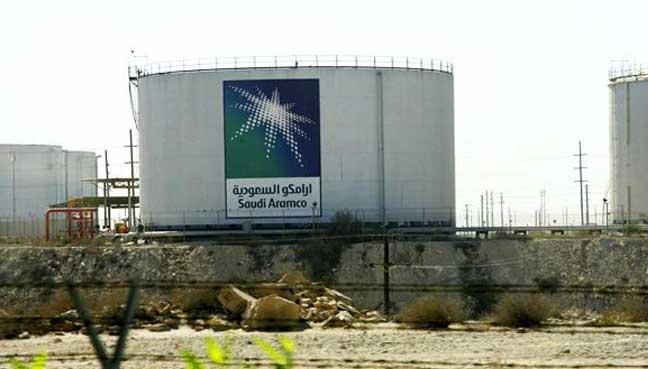
SAUDI WITHOUT REFORMS

DUBAI—Saudi Arabia and two of its oil-exporting neighbors in the Persian Gulf had their debt ratings cut by Moody's Investors Service, as the slide in crude prices continued to afflict the region's economies.
The ratings firm during the weekend downgraded Saudi Arabia's long-term issuer ratings by a notch to A1 from Aa3 but maintained its stable outlook on the kingdom. Oman's credit rating was reduced by a notch to Baa1, while Bahrain was cut to Ba2.
The collapse in energy prices from their peaks in the middle of 2014 has hit hard the Gulf economies that rely heavily on the sale of oil to fund large-scale infrastructure projects to accommodate their fast-growing populations. Some of these countries have responded by implementing measures including cutting spending, raising taxes, reducing subsidies, issuing debt and drawing down their foreign reserves that they accumulated in recent decades when oil prices were higher.
In the case of Saudi Arabia, whose economy is the largest in the Arab world, the country's budget deficit ballooned to nearly $100 billion in 2015 because of the plunge in oil revenues. Simultaneously, its foreign reserves dropped by more than $155 billion from a peak in 2014 to below $600 billion in March, according to government data.
Moody's expects those foreign reserves to decline even further until 2019 to $460 billion. It also estimates the Saudi budget deficit to average 9.5% of its gross domestic product each year between 2016 and 2020, a shortfall that will require $324 billion in financing.
"A combination of lower growth, higher debt levels and smaller domestic and external buffers leave the Kingdom less well positioned to weather future shocks," said Moody's.
Saudi Arabia borrowed $10 billion from international banks last month and is widely expected to issue more debt later this year. But its strongest response so far to the new economic challenges is a raft of reforms announced last month, dubbed Vision 2030, aimed at reducing the country's dependence on oil. The economic overhaul involves listing part of state-owned energy giant Saudi Arabia Oil Co., known as Aramco, but also promoting non-oil industries and making the country more attractive to foreign investors.
Moody's said that without any of those reforms, Saudi Arabia's financial troubles would continue to intensify. It said the country's efforts at diversifying its economy, even if only partially successful, would improve the country's creditworthiness. At the same time, Moody's said those plans are still at an embryonic stage and their "impact remains unclear."
Moody's had previously changed its outlook on Saudi Arabia's banking sector to negative and put the country's credit rating on review for a potential downgrade. Rival ratings firm Standard & Poor's preceded Moody's in February by lowering Saudi Arabia's rating to A-minus, also citing the impact of low oil prices.
Bahrain and Oman don't have the same financial firepower as their Persian Gulf neighbors. Moody's said Bahrain's creditworthiness will continue to weaken despite efforts by the country to reduce spending. In Oman, the government's strategy to tap international debt markets may trigger more spending cuts or put pressure on the state's remaining savings.
Separately, Moody's didn't downgrade but assigned a so-called negative outlook to other Persian Gulf states the United Arab Emirates, Qatar and Kuwait, also to reflect the impact of low oil prices.
-----
Earlier:







